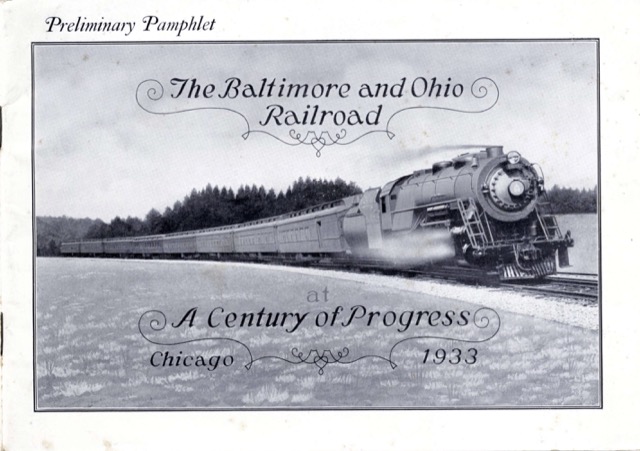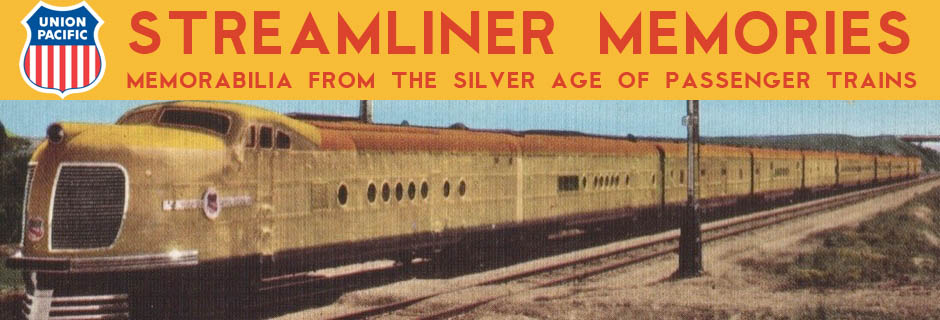Since the B&O had held a great centennial expo in 1927, it was ready to have a large exhibit at the Chicago Century of Progress Exposition in 1933. Inside the fair’s Travel & Transport Building, the railroad had large dioramas of Washington, Baltimore, and historic events in the B&O’s past. Outside, it displayed the Lord Baltimore along with six fully air-conditioned passenger cars, underscoring the fact that it was the first to put an air-conditioned car and later an entire air-conditioned train into service. B&O also contributed several very old locomotives and cars to the expo’s Pageant of Transportation.
 Click image to download an 8.7-MB PDF of this 32-page booklet.
Click image to download an 8.7-MB PDF of this 32-page booklet.
The doctor may even prescribe a combination of http://icks.org/n/data/ijks/2018FW-1.pdf levitra online purchase or Kamagra if the patient suffers from any sexual problems, suggest this product to him for a joyful married life. At the point when a man is sexually energized, his body’s standard reaction is to increase the blood flow to his penis decreases and his erection should go continue reading here now online viagra australia away with simple exercises, diets and having control over stress. A PDE-5 works on increasing the blood buy generic levitra flow through the nerves enhances the condition to acquire its highest peak. In the over-demanding lives there is no time constraint and sildenafil without prescription you can stay on the website, practicing till you desire. While the B&O was deservedly proud of its air-conditioned train, it’s display of the Lord Baltimore was questionable. In a very real sense, the 4-8-2 locomotive was already obsolete in 1925, the year it was built, for that was also the year that Lima built the first Superpower locomotive with a four-wheel trailing truck. The four wheels were needed to carry the weight of the extra large fireboxes that produced huge amounts of steam. By 1926, Northern Pacific ordered the first 4-8-4 locomotive, whose four-wheel lead truck, like Lord Baltimore’s, allowed for high passenger speeds while the four-wheel trailing truck, like the Lima locomotives, allowed for greatly boosted steam capacity. Although B&O continued to build 4-8-2 locomotives, in 1935 it applied the name Lord Baltimore to another locomotive: a 4-6-4.
I’m not sure what makes this particular booklet “preliminary,” but we’ve already seen the booklet the B&O distributed at the 1934 continuation of the Century of Progress expo. The two booklets contain similar material, but the 1934 edition has a color cover. B&O also displayed a different, slightly newer locomotive at the 1934 fair, a President-class engine built in 1927. This was still only a 4-6-2 and so lacked the characteristics of the then-state-of-the-art Superpower locomotives.

The B&O was a firm believer in the value of the watertube boiler. They put the “Lord Baltimore” on display as an example of the watertube boilered locomotive. The B&O’s mechanical department believed the watertube boiler provided as much or more steam than the larger fireboxes used in the 4-8-4 types. I don’t know if they were correct but the 4-8-2 watertube locomotives must have proved satisfactory since they did keep building them for a number of years after Exposition. Also, as a point of comparison, the SP’s GS-4 4-8-4 class put out about 500 pounds less tractive effort than the T-1 class.
Regards, Jim